Everywhere echoes the voice of the people
It is only natural that this unprecedented, extensive and profound reform of the apparatus aims to build a government "close to the people" to carry out the mission of "of the people, by the people and for the people".
Everyone comes from the people and returns to the people, but not everyone is for the people while in power.
Therefore, it is necessary to recall the above situation, especially when the keyword "People" appears continuously when the whole country officially operates the two-level local government apparatus in 34 provinces and cities.
With the elimination of the intermediate district level, the government system was re-established into two levels: province and commune/ward, in which the commune/ward is the closest place to the people, handling most directly the most urgent requests of the people and businesses.
General Secretary To Lam said: The decision to "rearrange the country" is a historic step of strategic significance, marking a new development stage in the cause of perfecting the state administrative apparatus, perfecting the institutions and organization of the political system to be synchronous, streamlined, effective, and efficient, towards perfecting a modern, constructive, people-friendly, people-serving administrative system, so that all benefits belong to the people.
“I call on all levels of government, agencies, organizations, civil servants, public employees, and workers to strongly transform their thinking and actions, grasp development trends, innovate their thinking and working methods, improve their leadership and management capacity, promote the spirit of daring to think, daring to do, daring to take responsibility, and being ready to sacrifice personal interests to move towards a modern, transparent, service-oriented administration of the people, by the people, and for the people,” he emphasized.
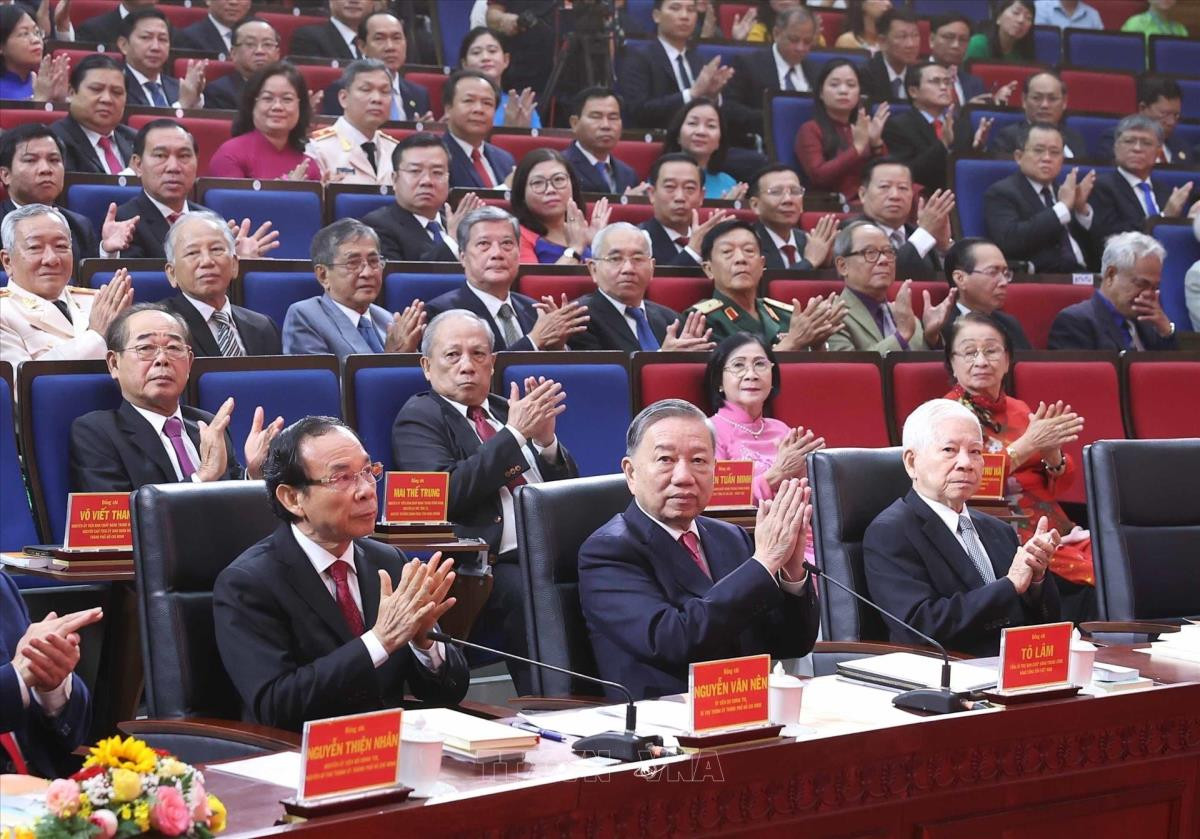
The unprecedentedly broad and profound reform of the apparatus aims to build a government "close to the people" to carry out the mission of "of the people, by the people and for the people". Photo: VNA
In Ho Chi Minh City, Secretary Nguyen Van Nen emphasized: “The only true measure in any reform is the quality of life of the people.” In the capital Hanoi , Secretary Bui Thi Minh Hoai pledged that the new apparatus “best serves the people and businesses.”
The reduction of administrative hubs, especially the elimination of the intermediate district level, is expected to bring about fundamental changes. Thousands of unnecessary departments, units and facilities will be cut, saving significant public costs. More importantly, countless overlapping processes and procedures will be cut, helping to significantly shorten the time for decision-making and policy implementation.
Thus, the provincial level will play a strategic role in planning macro policies for the locality, directly directing the grassroots level. In contrast, the commune/ward level will be given stronger autonomy, becoming a complete level of government, directly solving the problems of people and businesses in the spirit of "local decision, local action, local responsibility".
This model promises a flexible government system that is more responsive to practical needs.
People are still confused
However, this "major surgery" also comes with challenges and concerns, especially for the people and the business community. People are worried about citizen identification cards, pink books, red books, vehicle registration, and school enrollment for their children. Businesses are worried about business registration certificates, investment licenses, bank accounts, invoices, contracts, addresses, etc.
Businesses and citizens are concerned that this blanket adjustment could cause short-term disruption and administrative costs.
Besides, will the new local government apparatus adapt immediately or will there be delays in processing important documents such as land, investment, environment, and construction?
Despite the initial legal guidance, without unified direction and coordination from the central government and effective coordination from local authorities, the initial post-merger phase could very well delay projects or cause investor insecurity.
The broader reform
From another perspective, it is hoped that the major restructuring of the apparatus will not only stop at administrative reform but also be a strategic reform of the development model, in which the clear establishment of the roles of the State and the capital market has long been ambiguous and overlapping.
The World Bank once calculated that a country's public assets can be four times its GDP. For our country, public resources can be up to 2,000 billion USD.
However, the State's heavy involvement in economic activities directly through state-owned enterprises, along with the lack of transparency of some privileged groups in the private sector, also creates concerns about efficiency.
Public institutions that are "commercialized, fragmented, and lack public supervision" have left many valuable lessons to learn.
This reform is an opportunity to redefine the role of the State: abandoning the mindset of "having too much to give" and "giving without transparency", shifting to the role of creating and regulating the market fairly so that resources are allocated in the most effective way.
When authority and responsibility are more clearly defined, when processes are streamlined and transparent, it reduces the “fragmentation of power” that leads to overlapping tasks and suboptimal decisions.
The streamlining of ministries and sectors at the central level (reducing from 30 to 21 focal points) shows a strong political determination to break the inherent "sectoral thinking" and move towards "integrated policy thinking". The government will not only be "smaller" but also operate more effectively and flexibly, avoiding overlapping functions. The government will focus on its role as the chief architect coordinating national resources, instead of getting caught up in small-scale affairs or participating too deeply directly in economic activities.
This will enable the free market to reach its full potential as a key driver of sustainable economic growth.
Today, July 1, 2025, is a milestone marking a new stage in the reform process in our country with many hopes and expectations.
People not only want a government that does not cause trouble but also demand a “constructive” government. Businesses are not only looking for a stable environment but also need long-term companionship where their property rights are protected.
This reform from the central to local levels is not only a matter of organization, but also a challenge to the thinking, capacity and mettle of the entire political system.
But when taking "People" as the keyword, people as the center, all policies and behaviors will always be people-oriented and market-oriented.
Vietnamnet.vn
Source: https://vietnamnet.vn/gan-dan-va-vi-dan-2416915.html




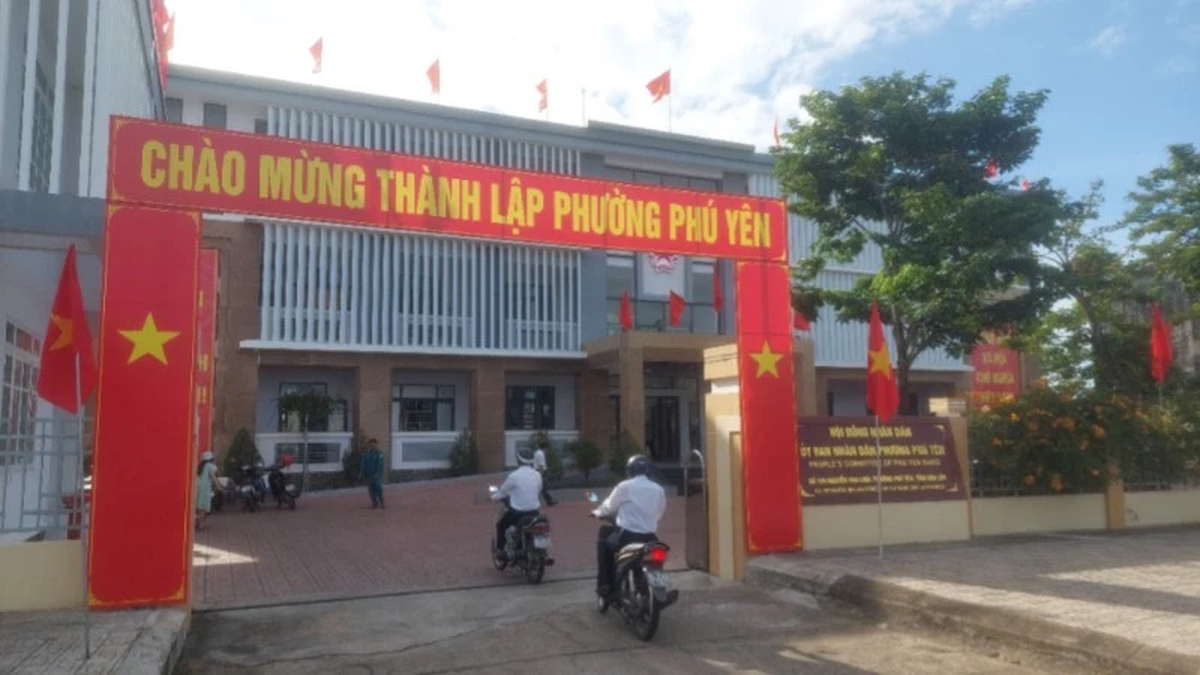

![[Photo] National Assembly Chairman visits Vi Thuy Commune Public Administration Service Center](https://vphoto.vietnam.vn/thumb/1200x675/vietnam/resource/IMAGE/2025/7/1/d170a5e8cb374ebcae8bf6f7047372b9)

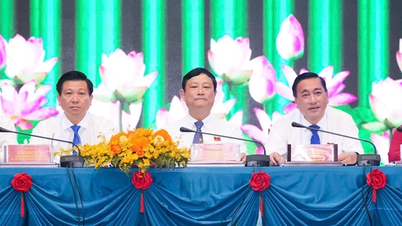

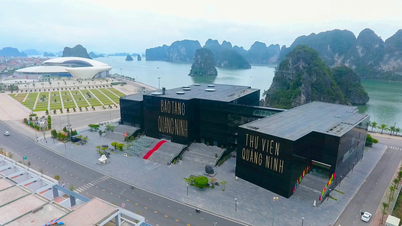

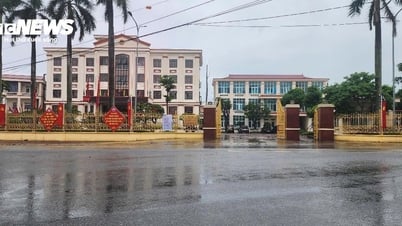

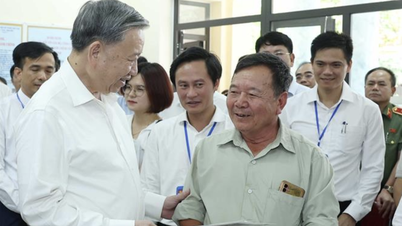






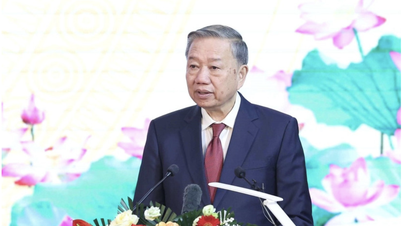



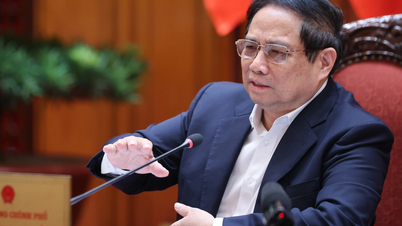





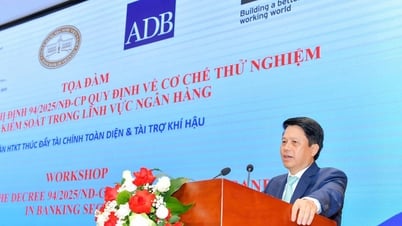





![[Photo] Standing member of the Secretariat Tran Cam Tu chaired a meeting with Party committees, offices, Party committees, agencies and Central organizations.](https://vphoto.vietnam.vn/thumb/1200x675/vietnam/resource/IMAGE/2025/7/1/b8922706fa384bbdadd4513b68879951)




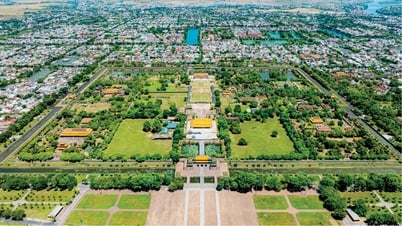


























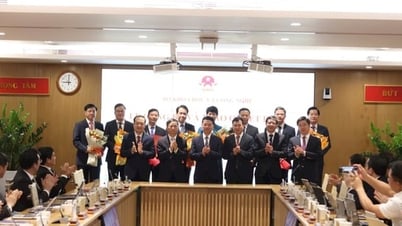



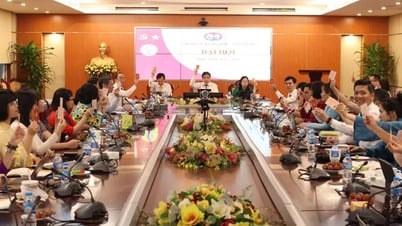






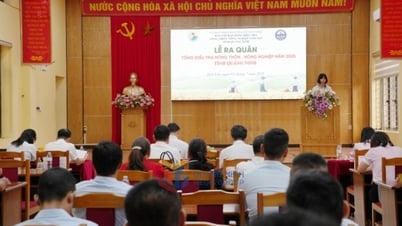


















Comment (0)